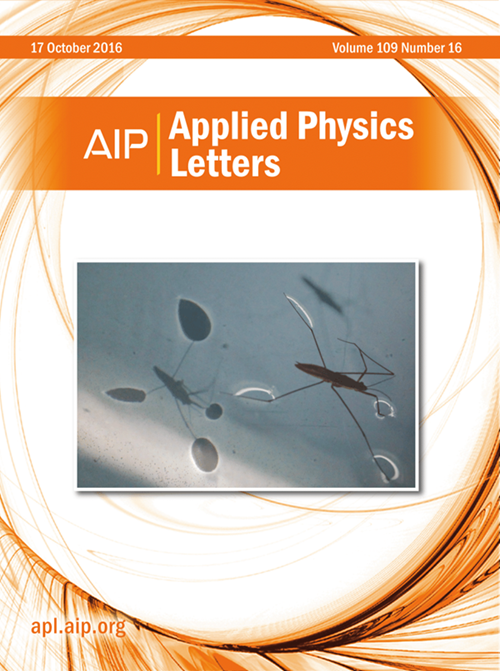A magneto-optically pumped cesium beam clock using monochromatic light
IF 3.5
2区 物理与天体物理
Q2 PHYSICS, APPLIED
引用次数: 0
Abstract
Compact cesium beam clocks are widely utilized in various applications. In contemporary commercial cesium clocks, two primary approaches are employed: the magnetically selected state scheme and the optical pumping scheme. Here, we propose a magneto-optically pumped cesium beam clock with a frequency stability of 2.3×10−12τ−1/2. In this scheme, the pumping light and state selection magnet are both used for the preparation of atomic states. In the magnetic field of the state selection magnet, the relationship between pumping efficiency and laser frequency, laser power, and laser position has been investigated. Eventually, we find a position that allows the laser to resonate with cyclic transition line |F=3⟩−|F′=2⟩ to pump almost all of the atoms |F=3⟩ to state |F=4⟩. Therefore, we can pump and detect atoms without the use of an AOM. This approach not only combines the advantage of low atomic velocity from the magnetically selected state scheme and the high atomic utilization efficiency from the optical pumping scheme but also simplifies the scheme of optically pumped cesium beam clock. In addition, this physical system can also facilitate the investigation of the shift in cesium atomic energy levels under strong magnetic fields.使用单色光的磁光泵浦铯束时钟
紧凑铯束流钟广泛应用于各种场合。在当代商用铯原子钟中,主要采用两种方法:磁选择态方案和光泵浦方案。在这里,我们提出了一个磁光泵浦铯束时钟,其频率稳定性为2.3×10−12τ−1/2。在该方案中,抽运光和状态选择磁体都用于原子态的制备。在状态选择磁体的磁场中,研究了抽运效率与激光频率、激光功率和激光位置的关系。最终,我们找到一个位置,允许激光与循环跃迁线|F=3⟩- |F ' =2⟩共振,以泵浦几乎所有的原子|F=3⟩到状态|F=4⟩。因此,我们可以在不使用AOM的情况下抽运和探测原子。该方法不仅结合了磁选择态方案的低原子速度和光抽运方案的高原子利用效率的优点,而且简化了光抽运铯束流时钟的方案。此外,该物理体系还有助于研究强磁场下铯原子能级的移动。
本文章由计算机程序翻译,如有差异,请以英文原文为准。
求助全文
约1分钟内获得全文
求助全文
来源期刊

Applied Physics Letters
物理-物理:应用
CiteScore
6.40
自引率
10.00%
发文量
1821
审稿时长
1.6 months
期刊介绍:
Applied Physics Letters (APL) features concise, up-to-date reports on significant new findings in applied physics. Emphasizing rapid dissemination of key data and new physical insights, APL offers prompt publication of new experimental and theoretical papers reporting applications of physics phenomena to all branches of science, engineering, and modern technology.
In addition to regular articles, the journal also publishes invited Fast Track, Perspectives, and in-depth Editorials which report on cutting-edge areas in applied physics.
APL Perspectives are forward-looking invited letters which highlight recent developments or discoveries. Emphasis is placed on very recent developments, potentially disruptive technologies, open questions and possible solutions. They also include a mini-roadmap detailing where the community should direct efforts in order for the phenomena to be viable for application and the challenges associated with meeting that performance threshold. Perspectives are characterized by personal viewpoints and opinions of recognized experts in the field.
Fast Track articles are invited original research articles that report results that are particularly novel and important or provide a significant advancement in an emerging field. Because of the urgency and scientific importance of the work, the peer review process is accelerated. If, during the review process, it becomes apparent that the paper does not meet the Fast Track criterion, it is returned to a normal track.
 求助内容:
求助内容: 应助结果提醒方式:
应助结果提醒方式:


